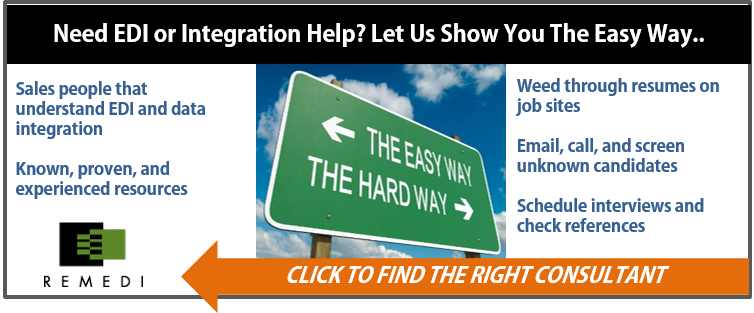I have been in the recruiting field for 10 years now. Technical resumes break all the traditional rules of resume writing. The reason being is because technology changes so much and the rules surrounding IT departments are constantly evolving. Here are a few tips to freshen up your resume.
Resume length should be based on years, not pages. The biggest misnomer when writing resumes is that it should only be one page long. It is impossible for an IT professional that has worked in the industry for more than a few years to keep their resume to one page. Instead, resumes should focus on years instead of pages. Your resume should focus only on the last 10 years of your career. If you were coding in COBOL back in the 1970’s and your resume is 10 pages long you have overwhelmed the reader, your resume should be no longer than 3 pages.
Make your resume project specific. You should have different resumes based on the particular jobs you are searching for. If you are a C# developer, you should only focus on C# projects. Don’t list the Perl projects for example. When you apply to particular job openings print out the job description and list on your resume similar projects that you have worked on that the employer is looking for.
Don’t forget the basics. After your name, address, and contact information list the software packages with versions you have worked on in the last 10 years, ERP’s, platforms, etc. List the different Industries you have worked with, transportation, grocery, retail and list the common maps you have built, 850, 856, 810, 201, 201, etc. This gives the manager a snapshot of your experience. Now they want to use that as a reference and go see where you actually did this work. This is very important. If you list something in your technical summary you must list it in your experience section.
Experience. List the end client and the dates and years you worked there. You wouldn’t believe how many resumes I see that just list their consulting firm and/or their personal LLC. and just list another summary of experience. This brings up a great question you might have. I have consultants that work on multiple projects at a time and can’t list everything because it would make the resume too long. Simple, have a full resume that you can pull from to customize it for the role you are applying for. If you want to work on Sterling File Gateway it doesn’t make sense to list all of your Gentran Server experience.
After you list the client put down a couple of sentences about the client themselves. For example, Grocery Chain Fortune 100 with 10,000 employees in the US grossing $10 Billion a year. Then list the projects that you worked on with that client and keep to what your accomplishments were for the client only. Stay away from the language you worked on a team that accomplished this. If you are a mapper list the transactions you mapped and how many.
Lastly, list the software with versions, ERP’s, communication, X12. Just describe the environment you worked in just on the EDI side.
Use Keywords. Hiring managers are getting multiple resumes from multiple sources. I have found that Human Resources and Managers alike look for keywords on your resume and the more they see it the better they feel about your technical experience. It is similar to Google’s Analytics where your webpages are rated higher and show up on the first page of a search because you have listed that keyword multiple times on your page.
Education. Lastly, list your highest level of Education that you completed. You do not need to list any volunteer work, hobbies, etc. You also don’t need to put your picture or format your resume in anyway. Remember, you are looking for an opportunity in EDI not a graphic design position. Keep your resume simple and to the point. Your resume should be a snapshot of your experience.
With these simple changes, you should improve the results you will get from the job boards, recruiters, and your clients.



